How do you free yourself from limitation set by you? How do you ensure you realize your full potential? These are the questions that most of us face when trying to implementing a new idea or grow your existing business. The truth is, breaking from these limitations requires great resilience and a resolve of focus regardless of the situations surrounding us.
Entrepreneurs and business owners had several ideas on how one can think bigger. Check out their responses below;
#1- View obstacles as opportunities

Entrepreneurs can think bigger by viewing obstacles as opportunities. Successful entrepreneurs and business people don't let challenges get in the way of achieving their goal, they let them inspire them to think critically. They view it as an opportunity to overcome and learn from. Solving problems is a good way to think bigger and cultivate innovation in your business.
Thanks to Michael Simonetta, Kibii!
[divider]
#2- Be creative and find the right avenues

Thinking bigger requires you to see where the next step is for your company/ organization. Then aligning yourself with other industry professionals that can aid in the growth. You have to not only be creative and find a variety of avenues to get to where you want to be, but find like minded people who share that vision.
Thanks to Lindsey Havens, PhishLabs!
[divider]
#3- Collaborative brainstorming session

The most common pitfall to thinking bigger is situating ourself in the now. Imagining what steps we need to take to move from where we are now to where we need to be constrains us to small-minded thinking. Instead, a business should enact a collaborative brainstorming session situated in the future; imagining 5-10 years out, and picturing an absurd new innovation or marketing tactic that they could do ‘someday', but not today. Then, you work backwards. This is the rumored story of how General Foods came up with Pop Rocks; they were spitballing ideas for crazy types of candy, and one person said – Talking candy. This idea would be laughable, but someone knew of a chemist who recently came up with asolution that could imitate ‘chit chat' upon interaction with saliva….and Pop Rocks were born. Never could they have innovated by putting together the chemists solution and candy without first thinking big, then bringing it back to the present.
Thanks to Haley Hoffman Smith, Her Big Idea Fund!
[divider]
#4- Invite more ideas from different people

Thinking bigger means cognitive diversity and digging into big problems to debate root causes & solutions. One of my mentors used to host dinners in her home once a month. She invited artists, musicians, academics, and executives across age, gender, race, geographic, and socioeconomic backgrounds. These gatherings often tackled heady topics and would inspire attendees to bring different perspectives back to their daily lives. She inspired me to curate my own roundtable/think tank gatherings and they’ve been fantastic for me personally and as an entrepreneur who loves to solve big problems.
Thanks to Karrie Sullivan, Culminate Strategy Group!
[divider]
#5- Just do it

How do you wake up in the morning? How do you get out of bed? How do you walk? You just do. To me, that is how to think bigger. For me, not only bigger but brighter as well! I have no problem thinking bigger, I have the same issues I think most entrepreneurs have and that is we think out of our means. We think bigger than our box can hold. I have no problem thinking about and writing down all the fantastic ideas I WANt todo but as I am only one person, implementing ALL of them is the hardest part. Think bigger, but take small bites to get there and you will have the tastiest treat in the end!
Thanks to TrishaTrixie
[divider]
#6- Consider a few things

As CEOs and business owners it's easy to get bogged down by the day-to-day tasks or never ending to-do lists. The first step towards focusing on the big picture? Don’t lose sight of your long-term plans in exchange for accomplishing the daily to-do list. If you lose sight of the long-term, you've lost the entire season in exchange for a single game. So be sure to take time to reflect, check the pulse of your goals and ensure that your team in on board with them as your business ebbs and flows (and grows!) In addition, it’s important to be in the right mindset and know that just because you’re thinking big doesn’t mean that falling short is a failure. Because the ROI for thinking big is a win even when you fall short. If you’re going big, you’ll have achieved far more than you ever would if you stayed inside the box. Go big!
Thanks to Mike O'Grady, StellaPop!
[divider]
#7- Solving Real Customer Problems

I use my customer's Job to be Done to guide my exploration into solving real problems they are facing. This problem solving approach was first introduced by Clayton Christensen, author of the Innovator's Dilemma, in his milkshake marketing course at Harvard. It frames the use of a company's product and services as a customer hiring us to help them complete a task. This frame allows me to think bigger about building solutions to customers' problems rather than being constrained by my current solution, which may not do the whole job. I am a technologist at heart and read voraciously about new inventions in technology. I take that learning and apply it to my customer's problem, challenging myself to think about how my company can be hired to do more of their task, and increase the value we deliver to them.
Thanks to Kristann Orton, Inceodia!
[divider]
#8- Start with the small blocks

If you need to get a big picture view of something, start with the small blocks that can become a pyramid when they are stacked correctly. Driving up profits is a big picture example, and seems daunting. But if you break that down into decreasing costs, optimizing processes, and increasing revenue, you now have three smaller pieces that let you get the bigger thing done. Each of those can be broken down even farther. When you see all the blocks fit together, you'll find gaps and be able to fill those in as well. If you find where all the trees live, you've found the forest.
Thanks to Ben Froedge, Store Strength!
[divider]
#9- Figure out WHY you want to accomplish something

Much like anything worth doing, thinking bigger in business takes time and effort. I've found that as an INTJ, i'm most effective creatively when I allocate at least 30 min a day to critical thinking. This is when my best ideas come. I start with asking myself: Is what i'm working on making other's lives better? Are my efforts congruent with the magnitude of change I strive to influence? Am I as an individual, honing the skills necessary to reach my own full potential? I believe that in business, the perfect storm is when an individuals personal ambitions collide with the mission of
their company.
Thanks to Jake Mastrandrea, Checkbook.io!
[divider]
#10- Surviving

As we expand the Grant Park Academy of the Arts, it is essential that we think bigger. I am contemplating a ten-year plan at every step of the game. I have the magic number that we need to break even, but for me this does not suffice. I'm thinking about how we can diversify, be in a number of different areas besides music instruction, partnering with as many people and organizations as possible so that, if one of our branches is cut, the rest of the tree can survive. No business built upon a single idea can last very long in a volatile market with stiff competition. For me, thinking bigger isn't about thriving, but surviving.
Thanks to Adam Cole, Grant Park Academy!
[divider]
#11- Identify fears and negative self-talk

When I am feeling truly aligned with my heart, I know I am destined to contribute to humankind in an immeasurable way. Yet, my protective mind comes up with all sorts of reasons or justifications to keep me safe from the unknown. I continue to dedicate time and energy identifying my fears and negative thought patterns, so that when I hear them in my head, I know not to believe them! For example, I've recently identified, that's hard as my go-to response to either procrastinate, avoid or delegate. I've decided to build my mental muscle and plan to have my first action item for each day to be the hard thing that I don't inherently want to do. With each time I successfully achieve the hard task I set out to achieve, I not only feel a sense of pride and celebration, but I am reminded that hard tasks aren't really as challenging as my mind tried to make me believe!
Thanks to Jasmin Terrany, Jasmin Balance Inc!
[divider]
#12- Partnership

Enzo Multifamily has benefitted from the power of our partners thinking bigger. Each of our partners pushes each other to think in terms of end goals. One of the most powerful tools our team utilizes is twice a week think tanks. These are mandatory closed-door meetings where we all take time to pitch new ideas and growth models. The first meeting of the week is the initial idea and the second meeting of the week is to generate actionable ideas for how to implement them. The greatest mindset shift our team has made is in moving from task-oriented targets to goal oriented targets. So, for example, we now focus on the end goal for the team and then work backward to law steps out to achieve those targets. This has not only helped us focus, but it has allowed us to grow without limitations by the process. By focusing on the larger picture and then breaking it down into smaller steps, Enzo Multifamily has seen a boost in growth, but also efficiency. We reward creativity and new approaches to problems through our process.
Thanks to Veena Jetti, Enzo Multifamily!
[divider]
#13- Starts at a young age

A big part of thinking big is believing in yourself and then working your butt off to make it happen. Make what you love to do how you spend your life. Like most artists I have been drawing since I was 5. My big idea when I was six was that artist's draw people and if they do it just right they puff up and that is how humans are created. Well, I was wrong but that was big thinking for a six-year-old. Then I drew a Superman $500 bill in red, white and blue and when I went to the bank with my mom I asked the manager to cash it. Thinking big starts at a young age. He wouldn't but he made a copy for himself. On ABC. TV's Dating in the Dark, I drew sketches of people who felt each others faces in a pitch black room and described them to me. I thought I could do it and they were well pleased with the result. Think first then work it.
Thanks to Jess Perna, Jess Perna Art Studio!
[divider]


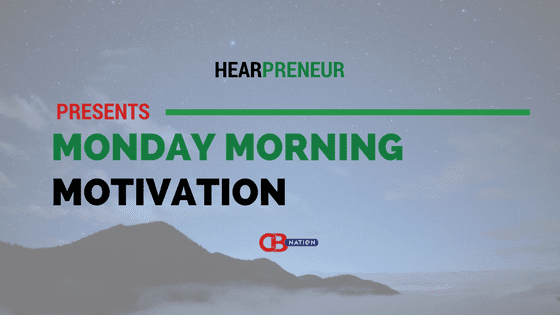


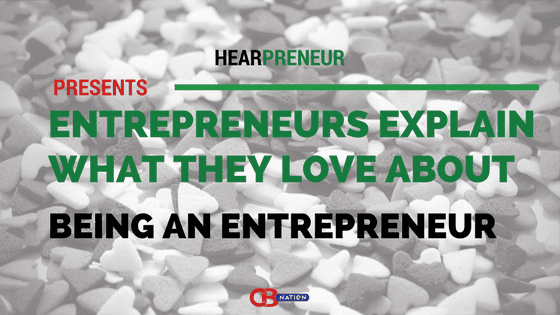

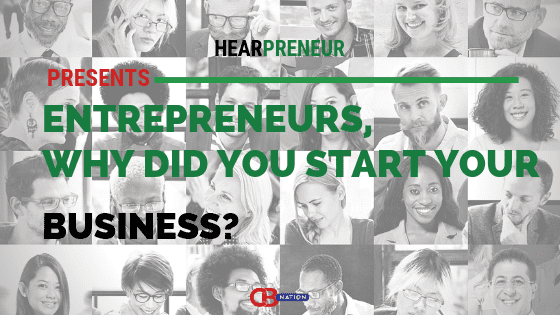
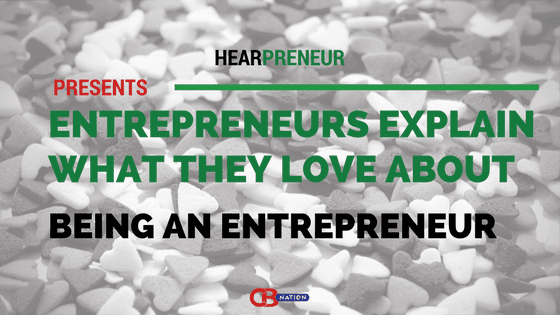
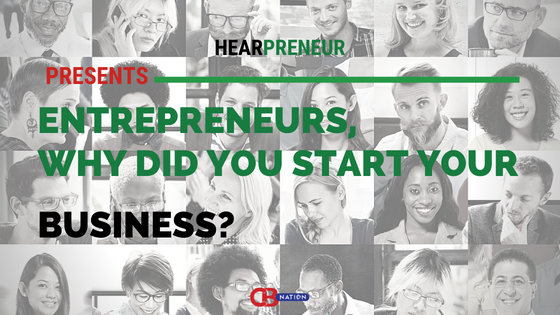
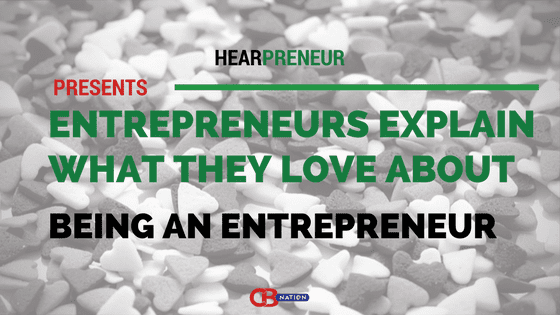
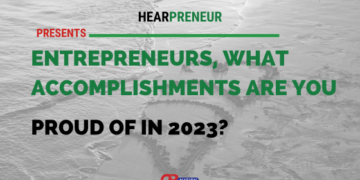
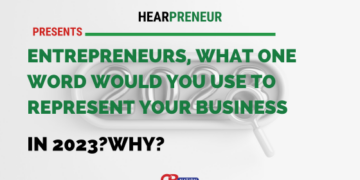

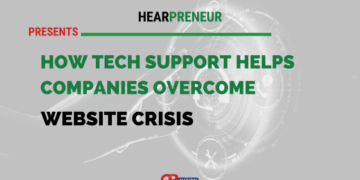




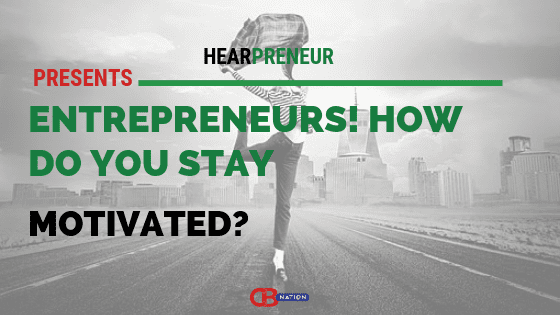

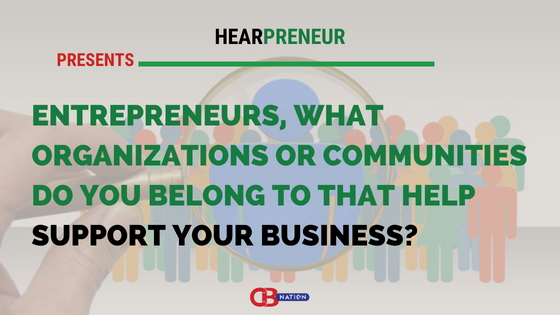
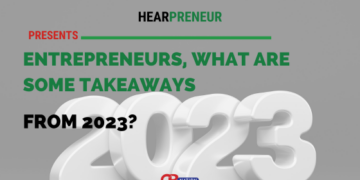






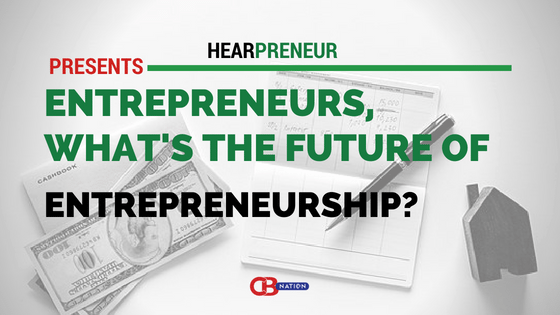





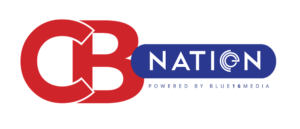
 |
|